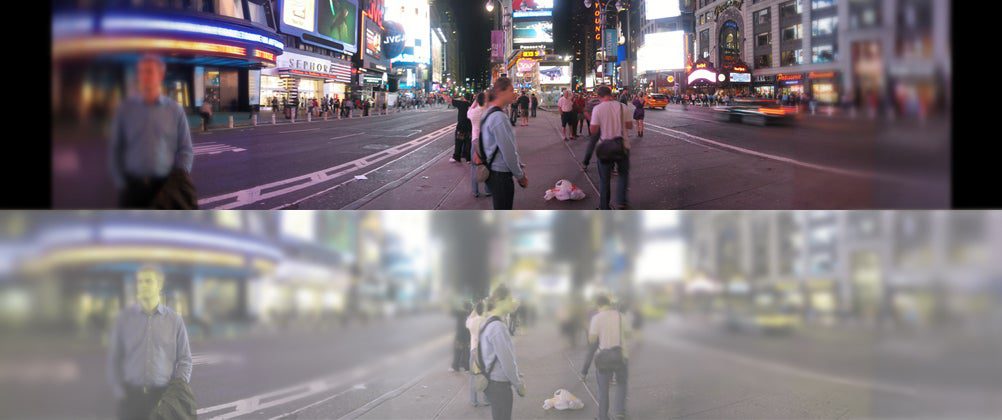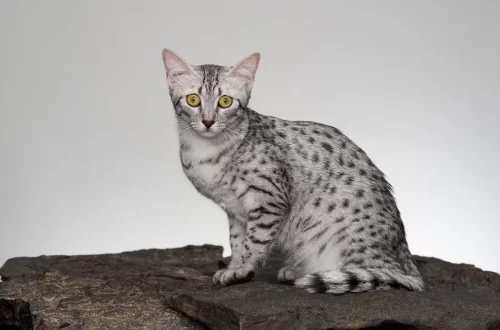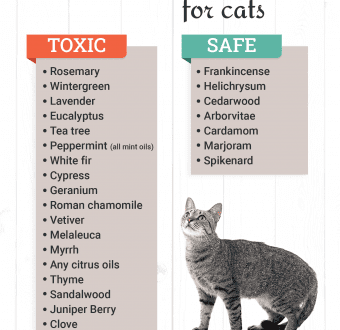
Features of the vision of cats and how they see the world around them
People are fascinated by the beauty and mystery of cat eyes, but what is it like to look at the world through the eyes of a pet? How do cats see our world?
Hill’s experts talk about what kind of eyesight cats have, whether they see at night and whether they distinguish colors. Everything you need to know about pet vision!
Contents
The vision of cats: how they see
Cat owners sometimes have the feeling that their furry friends are seeing something that they are not. Most often it is. Cats may not have a sixth sense, but they do have a third eyelid, a thin membrane that provides extra protection. In turn, their eyesight is very highly developed.
How do cats see at night?
Despite rumors, cats do not have night vision. But according to the Merck Veterinary Manual, “cats see six times better in dim light than humans.” This is due to the device of vision in these animals. Their photoreceptors are made up of rods and cones. They have a lot of rods, and they are more sensitive to light than cones. Accordingly, such a large number of rods makes them able to perceive more shapes and movements in low light. The vision of cats in the dark is not perfect, but in the semi-darkness it is much better than human!
Another reason why cats see so well in the dark is the so-called mirror layer behind the retina, which reflects the light absorbed by the eye. If a rod in a person’s retina does not “see” light, as ABC Science Australia describes, it is absorbed by the black layer behind the retina. In cats, however, “if the light does not hit the rod, it is reflected off the specular layer. After that, the light gets a second chance to hit the wand and make it work,” explains ABC.
Thanks to these magical mirror eyes, cats can see moving objects in the room that humans cannot see. (Most of the time they turn out to be just dustballs, not anything paranormal.) These are all secrets about how cats see in the dark.
Do cats have color vision?
The opinion that cats have black and white vision is nothing more than a myth, notes AdelaideVet. But a furry friend really can’t perceive the full color spectrum that a human can see. On the one hand, purely technically, cats are colorblind because they cannot distinguish all colors. On the other hand, they are able to see some colors, albeit muffled.
The physical structure of her eye does not allow a cat to see all the colors of the rainbow. Humans have three photopigment receptors, while cats have only two, which limits their color perception. Colors that seem very saturated to us look like pastels to cats. Again, this is the work of the cones. Pets see the world perfectly in shades of gray, and also do well with blue and yellow. But just like people who are considered color blind, they have difficulty distinguishing between green and red. In particular, the color red is perceived by them simply as something dark.
Features of vision of cats: is there a vision of a predator
Cats are cunning and well-aimed hunters, and for this they have to thank their feline eyesight. Visual acuity allows them to see even the slightest movements or well-hidden outlines of prey. Cats, like humans, have limited peripheral vision, but it makes up for it with its sharpness, as well as the position of the eyes. Since their eyes are turned forward, like those of humans, cats are able to accurately determine the distance between themselves and their prey, ensuring their accuracy and success in defeating the enemy.
Vision or hearing: what is more important for a cat
Despite all the extraordinary properties of cat vision, the most acute sense in a cat is not sight, but hearing.
Her hearing is so sophisticated that, according to Animal Planet, “a cat that is several meters away from a sound source can pinpoint its location to within a few centimeters in just six hundredths of a second.” Cats are able to hear sounds at great distances… and detect the smallest deviations in sound, tracking differences as small as one-tenth of a tone, which helps them determine the type and size of the prey that is making the noise.”
There are many myths and misconceptions about cats. And although biologists manage to explain various oddities in the way cats see, they still have many behavioral features. This makes them those mysterious creatures that people certainly love. And given the acuteness of hearing and vision of cats, it is not surprising that they rule the world.





